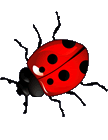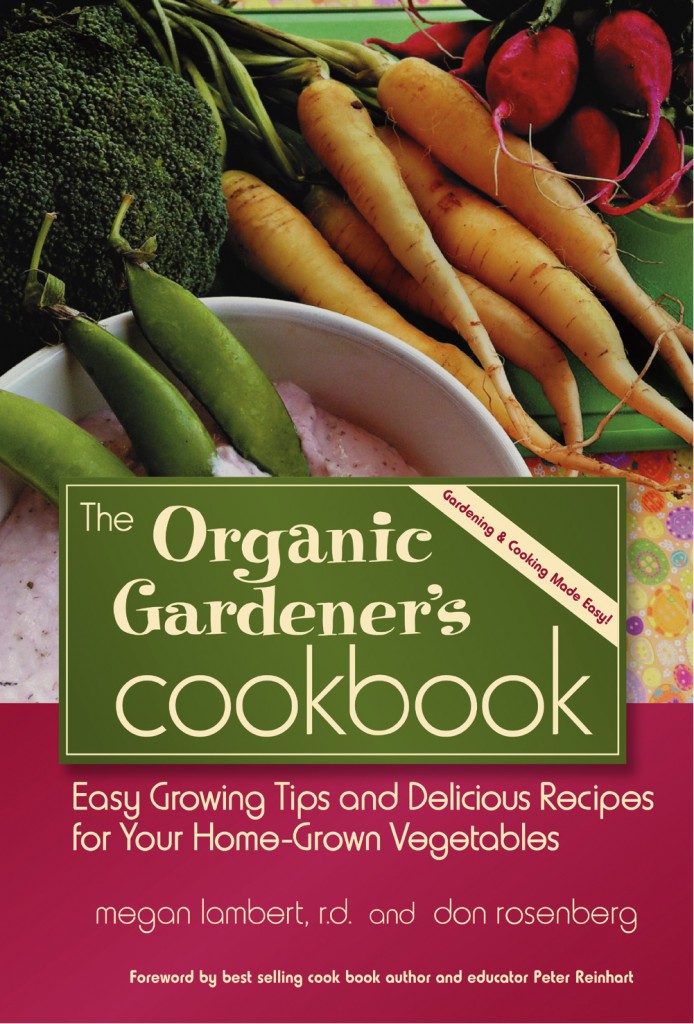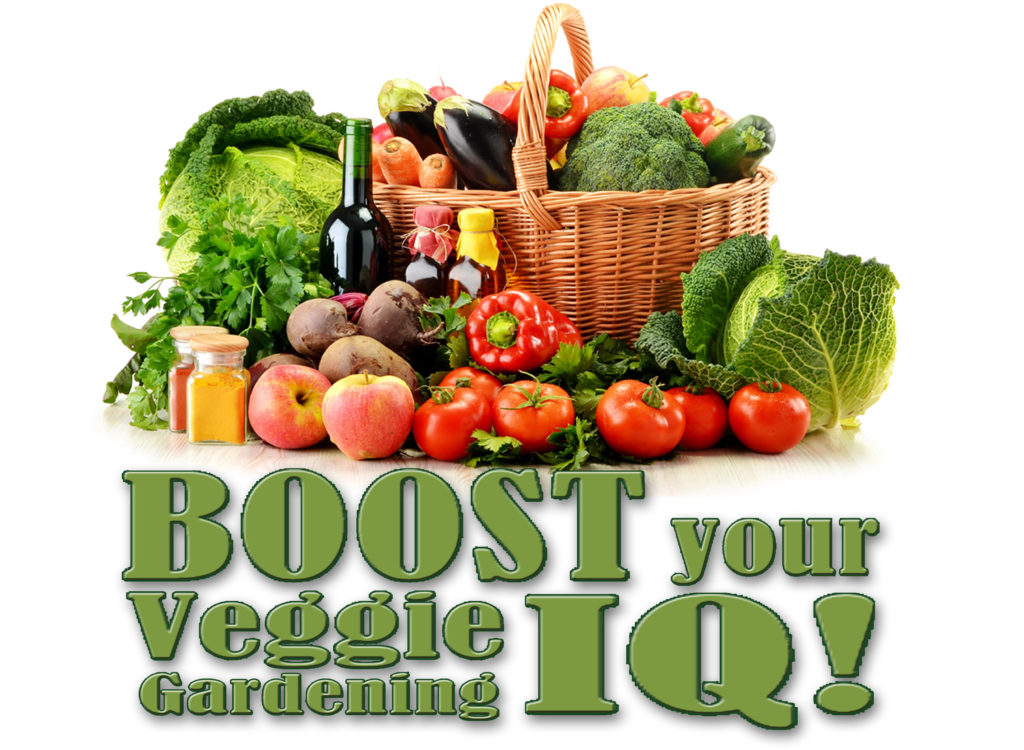Which crops to grow? “FRESNO”
Because our gardens have limited space we have to make some hard decisions on what’s best to grow and what to buy at the local farmers market. I use the word “FRESNO” to help me remember…
[smooth=id:9;]
F Tastes better fresh. All vegetables are much tastier when they’re fresh, but some are amazing when compared with frozen, fresh from your local store, or even from a farmers market. That’s because many vegetables lose their flavor within hours of being picked. Others are picked before they’re ripe and never achieve their full flavor. If you’ve ever eaten peas fresh out of the pod you’re in for a treat. The most popular items in the garden are tomatoes. They’re much better than “tomatoes” you find in the store.
R Rare varieties. Many of the best vegetables can’t even be purchased locally. Some good examples are heirloom tomato varieties and yellow sweet potatoes. These are hard for farmers to grow and ship in good condition, so most stores don’t even carry them. With your own garden you can grow whatever you want and experiment with unusual and unique varieties.
E It’s expensive in the stores. As the price of food, especially organic vegetables, continues to climb, it’s great to grow vegetables that are the most expensive. Asparagus and blueberries are good examples. Another is baby lettuce mix, which you’ll harvest as soon as you start thinning your lettuce seedlings. (see “Planting Thick and Thin.”)
S Uses space efficiently. For our small gardens, we need plants that use their space wisely. Avoid “space hogs” like corn and broccoli, since they take up a lot of room but don’t generate a big harvest. A single 3×8 bed planted only with corn might generate 20 ears corn each season. At two for $1 that’s a $10 crop! So leave the big crops like pumpkins, watermelons, cantaloupes, melons, and summer squash to local farmers who have plenty of room.
N Has good nutritional value. Fresh vegetables have the highest nutritional value at the time of harvest. And vegetables that are grown in complete soil are more nutritious than those from depleted soil. Amend your soil with organic fertilizers that include trace elements. Avoid “empty” vegetables like iceberg lettuce in favor of darker green leafy lettuces.
O Gives you an ongoing harvest. Iceberg lettuce makes a large head, you chop it off and you’re done. Instead, I advise my clients to grow leaf lettuce. You can plant them a little thicker than normal and then if you thin them as they grow, you have baby lettuce right away. As the plants mature, harvest individual leaves from several plants and have a salad for dinner. You can continue to do this again and again through the rest of the season. Pole beans and climbing peas are also examples of crops with ongoing harvests, especially when compared with bush varieties that were bred to mature at the same time.
As you can see, there are lots of considerations when deciding which plants to grow in your small garden plot. Your goal is to plan the best garden you can, specifically tailored to your family’s needs. You want the healthiest, tastiest vegetables and always have something fresh from your garden every night of the week throughout as much of the year as possible. By carefully selecting what you grow you can achieve 80% of the harvest in 10% of the space. A family of four can get excellent results from only fifty square feet.





